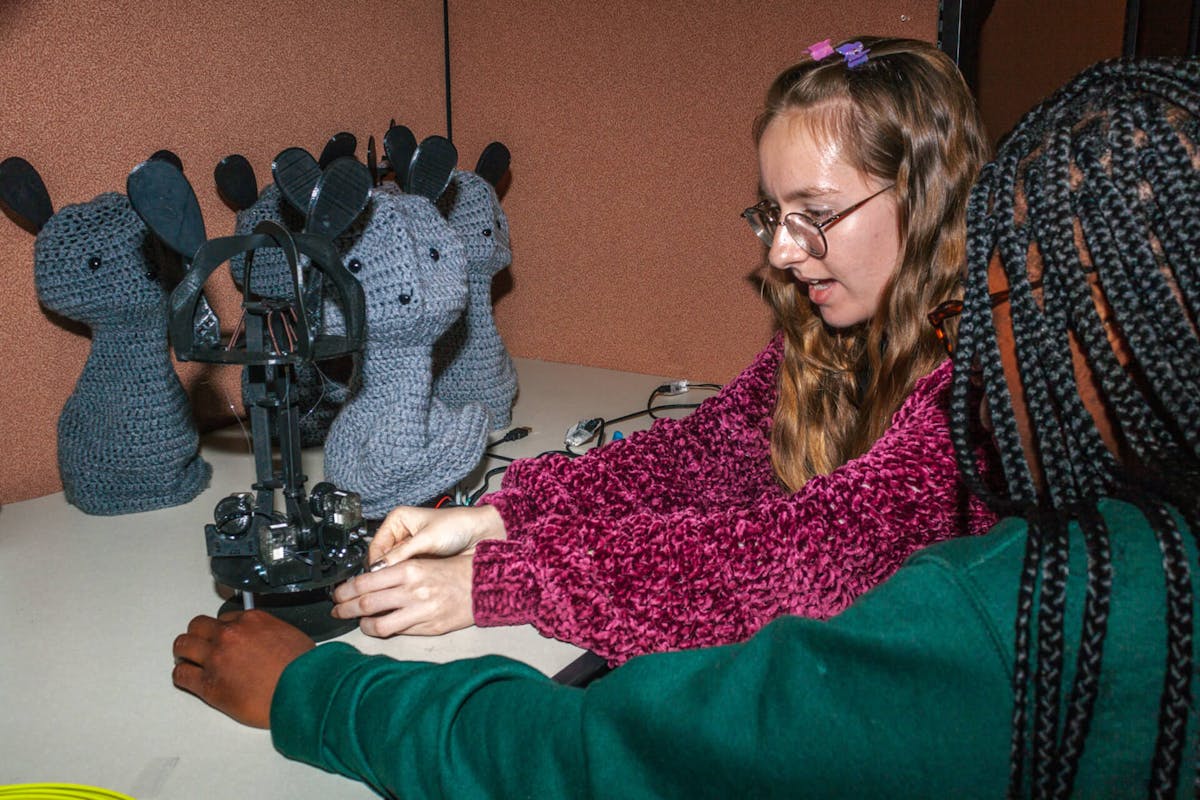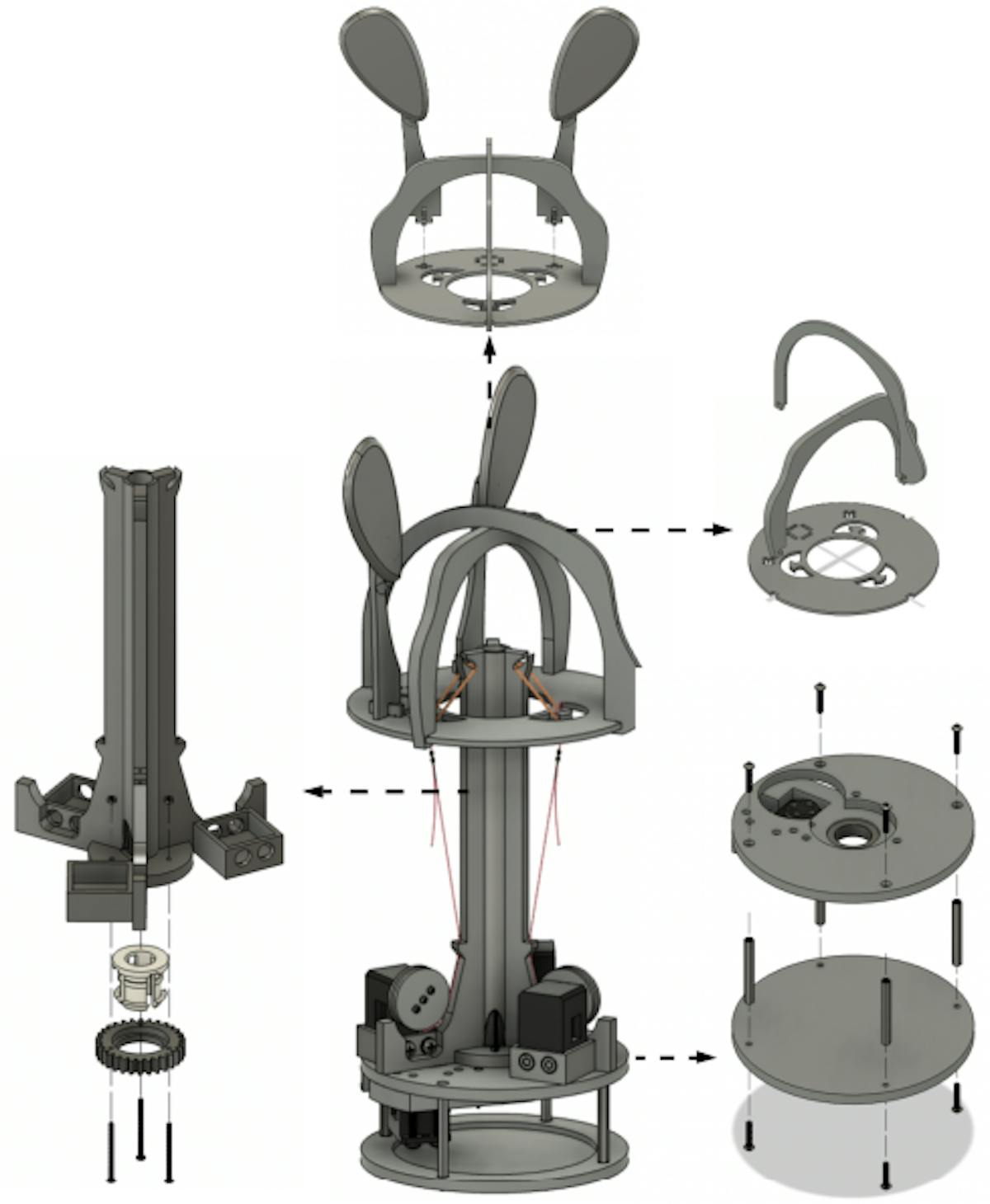You've Got a Friend in AI
USC's $250 robot platform makes AI simple and accessible for kids, offering hands-on experience in robotics, software, and neural networks.

The rise of artificial intelligence (AI) has been nothing short of revolutionary, transforming nearly every aspect of our lives. From personalized recommendations on streaming platforms to autonomous vehicles navigating our roads, AI has quickly become indispensable. Its importance spans industries, from healthcare and finance to entertainment and transportation, enhancing efficiency, accuracy, and innovation.
As AI continues to advance, its influence is poised to grow even further, potentially reshaping entire industries and societal structures. For today's children, who are growing up in an increasingly digital world, understanding AI is becoming essential. It is likely that AI will play an ever-larger role in their lives as they mature, affecting their education, career paths, and daily interactions.
However, the complexity of AI algorithms, tools, and terminology presents a significant barrier. Even many adults find it challenging to grasp the fundamentals of AI. This poses a real problem for the next generation. Without accessible and engaging learning resources, children may struggle to develop the skills needed to navigate the AI-driven world they inhabit.

With the goal of empowering the next generation to thrive in an AI-driven society, a team led by researchers at the University of Southern California has developed an open-source platform that aids students in building their own AI-powered, low-cost robot companion. It simplifies the development process and enables users to, for example, train their robot to mimic certain behaviors of their own. In addition to teaching the fundamentals of AI, the program also teaches students important skills in robotics, software engineering, and mechanical engineering.
At present, educators have limited options for teaching their students about AI via robotics. The NAO robot, for example, costs about $15,000. LEGO Mindstorms, on the other hand, are much more affordable, but do not offer a lot of room for growth. By comparison, the team’s new customizable robot costs about $250 and offers a lot of flexibility. This affordability and versatility was achieved by leveraging the open-source Blossom robot, previously developed at Cornell University. These 3D-printed robots are customized by the learners, with electronic components being included based on their individual interests. To make the robot more appealing, a covering made from knitted yarn or sewn fabric is placed over the robot’s frame.
After the robot has been constructed, students are walked through some user-friendly tutorials focusing on computer vision and human perception. Using tools like Python and PyTorch, students learn to build and train neural networks that can, for example, cause the robot to react differently depending on whether or not they are smiling. In another lesson, students learn more about how to interact with robots by teaching them to recognize their own head pose and mimic it. When the student nods their head, the robot will do the same. Similarly, the robot will shake its head when the student does.
A small workshop was conducted over a period of two days. The participants were asked to follow the course materials to first build the robot, then use head pose and gesture recognition models to mimic their actions. From the perspective of the students, the teaching platform was a success. 92 percent of participants felt that the system helped them learn more about AI and robotics. The students also indicated that the experience would lead them to further explore these topics on their own in the future. Only time will tell for certain, but this platform could be an important factor in helping the next generation to adapt to an ever-changing world.
R&D, creativity, and building the next big thing you never knew you wanted are my specialties.

